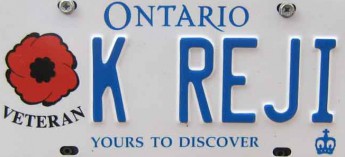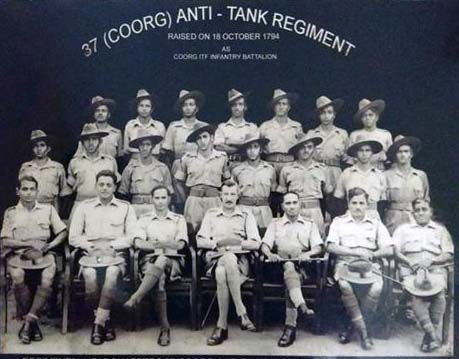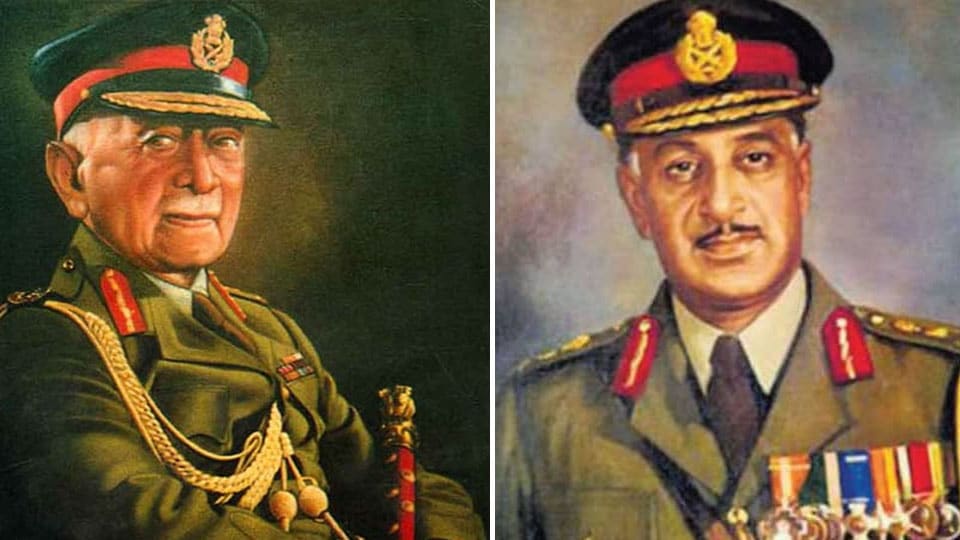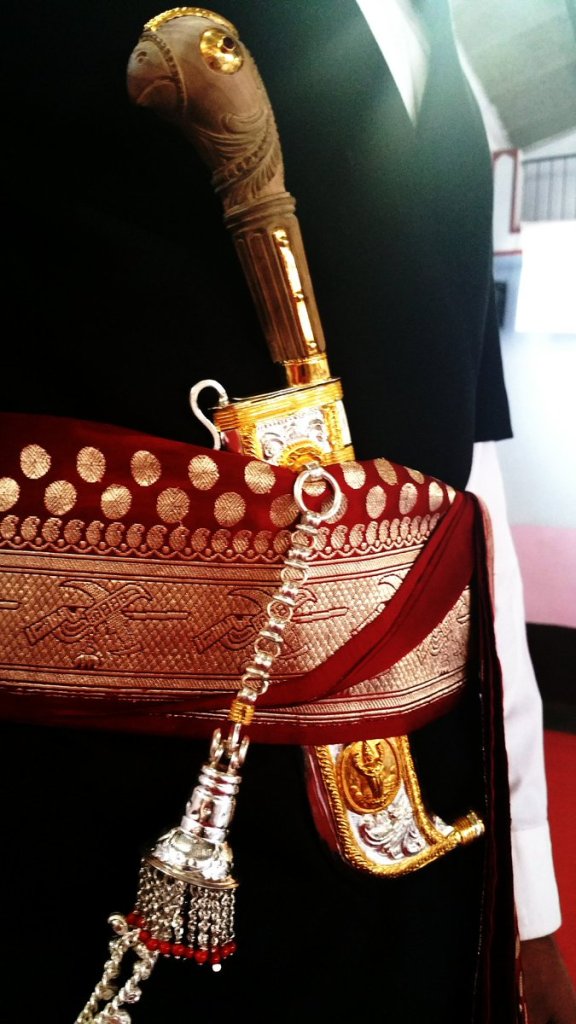When I joined our Regiment – 75 Medium Regiment (Basantar River) – in 1982, we had Subedar Chinnappa, Subedar Bidappa, Havildar Muthanna, etc in the South Indian Class (SIC) Battery. These Coorgis (Kodava community) were great soldiers and outstanding hockey players. By 1986, Coorgis stopped joining our Regiment and we did not have any Coorgi when I left the Regiment in 1997. It appeared that for the Coorgis, Indian Army was no more attractive.
Kodagu, also known as Coorg, is a rural district in the southwest Indian state of Karnataka. It is the birthplace of Cauvery, a river that local Kodavas consider sacred. Located on the Western Ghats, Kodagu is also referred to as the Scotland of India for its salubrious weather. Kodagu is the most beautiful hill station of Karnataka and is well known for its coffee, especially Robusta variety.
Most of the Coorgi soldiers in our Regiment came from 37 (Coorg) Medium Regiment. Until 1901, this Regiment was designated as the 11 Madras Infantry and in 1902, the Regiment was reorganised and the basis of recruitment changed from Thamizh and Telugu to only Coorgi soldiers.
In 1903, the restructured Regiment was then renamed the 71 Coorg Rifles. The Regiment was disbanded in 1904 because of insufficient recruits. In 1942, Coorgis were again recruited into the newly raised 1st Coorg Battalion. In 1946, it was converted to 37 Coorg Anti-Tank Regiment of the Royal Indian Artillery.
Today, the 37 (Coorg) Medium Regiment is part of the Regiment of Artillery with their war cry “Cauvery Mata ki Jai.”
Up to 1970s, this Regiment was manned by soldiers from Coorg. Now this Regiment is manned by soldiers from the South Indian States with hardly any Coorgis – still the name persists.
I did come across a few officers in the Indian Army from Coorg, and they proved their metal as most became Generals. Field Marshal K M Cariappa, the first Indian General and first Commander-in-Chief of India, first comes to my mind, followed by General Kodendera Subayya Thimayya. All the more because two Battalions of the Indian Military Academy (IMA) are named after them.
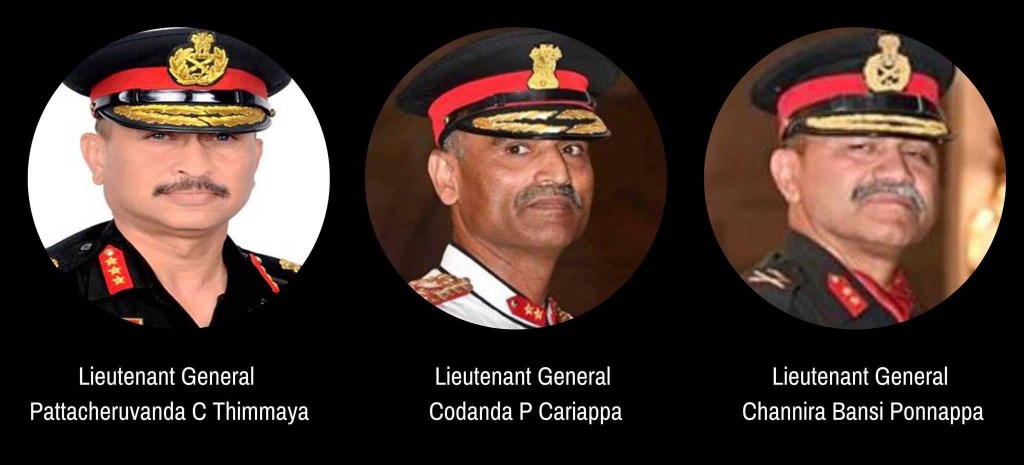
Lieutenant General PC Thimmaya, Lieutenant General CB Ponnappa and Lieutenant General CP Cariappa were all at the National Defence Academy and we trained together.
A total of eleven officers from Kodagu became Lieutenant Generals in the Army so far. This apart, from twenty Major Generals and four Air Marshals, which undoubtedly makes Kodagu, the Land of Generals.
Indian Hockey team too had many Coorgis, but now hardly anyone. Coorg produced more than 40 Hockey internationals and some of them like M P Ganesh and MM Somaiya captained the Indian team.

37 (Coorg) Medium Regiment maintains many of the traditions of the Kodava community. On the Regiment’s raising day, officers and soldiers, regardless of their ethnicity, wear the traditional ‘Kupya Chele’, which consists of a traditional jacket and headgear. The officers wear Peeche Kathi (a traditional dagger.) The ladies wear Kodava Podiya or Coorgi style saree.
The Coorg style of draping a sari involves tucking the pleats at the back of the waist, instead of the front. The end of the sari is brought below the left shoulder and secured over the right shoulder in a firm knot called ‘Molakattu.’
Peeche Kathi has a handle shaped like a parrot or peacock. The sheath may be made of pure silver, silver and wood, or silver/gold embedded with precious stones. The sheath is linked to an intricately designed long silver chain, which ends in an assortment of miniature replicas of Kodava weapons.
Unlike ‘Change of Baton’ followed by other artillery Regiments when a new the Commanding Officer takes over, a Peeche Kathi is handed over as a sign of change in command. The residence of the Commanding Officer is called Mercara house, named after the Mercara town in Coorg
37 (Coorg) Medium Regiment is so closely affiliated with the Kodagu community that it is a tradition for the unit to take part in the annual hockey tournament in Kodagu. For the Kodavas, the annual hockey tournament is very important it is part of their culture. In this tournament, various families of Kodagu compete against each other. The Regiment gives an award for the first goal scored in the tournament and it is a matter of pride for the people because the Regiment named after their community is taking keen interest.
